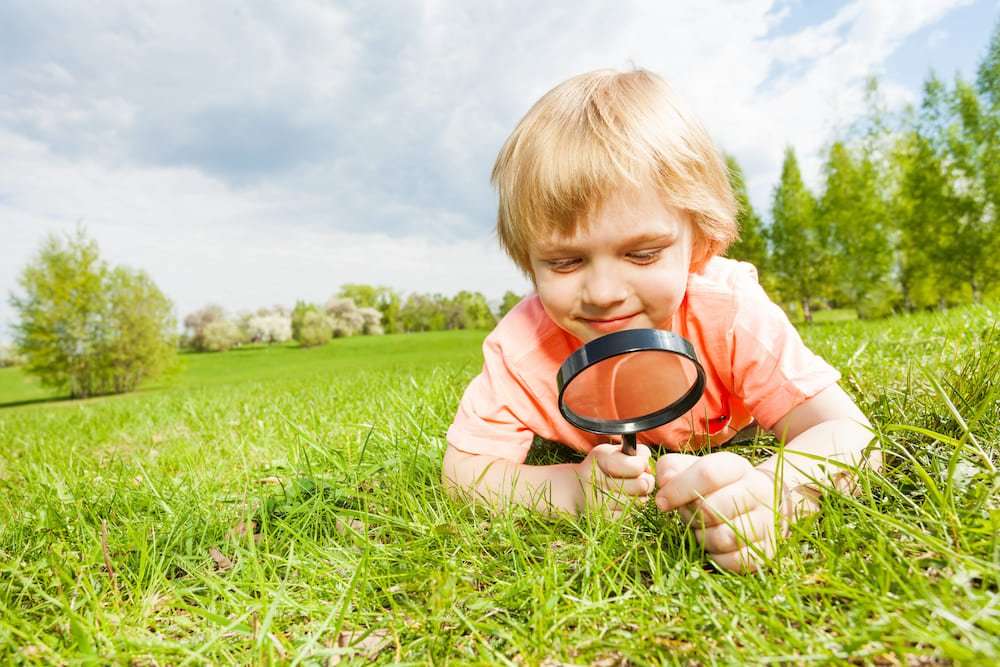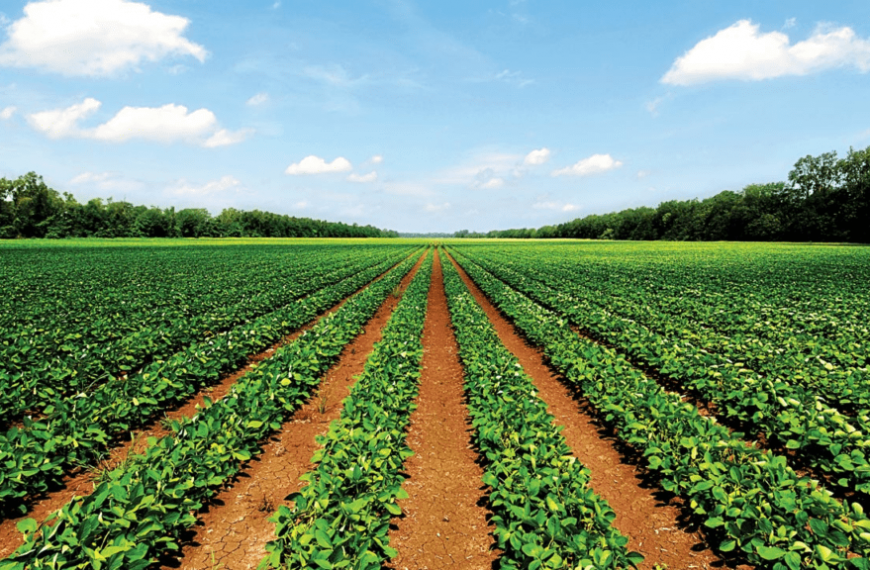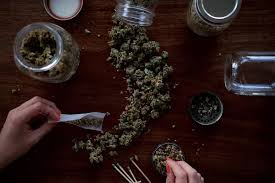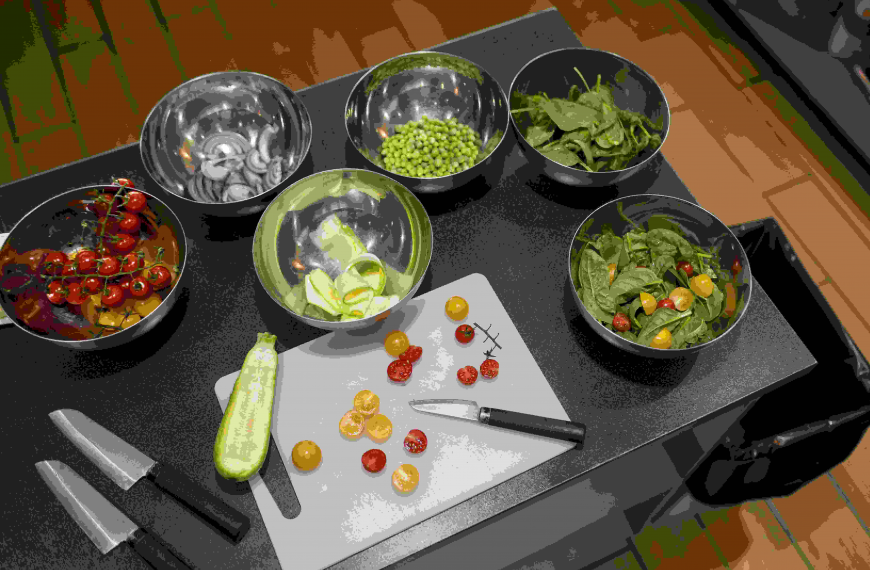Grass lawns are a staple of beautiful landscapes, providing a lush green backdrop to homes and parks worldwide. Yet, the vibrant lawns we enjoy are the result of a complex and fascinating process that begins with crafting high-quality grass seed. This blog post will delve into the intricate journey of grass seed production, from the selection of seed varieties to the packaging process that ensures the seeds reach gardeners in perfect condition.
Selection of Seed Varieties
The first step in crafting the best grass seed is selecting the right varieties. Breeders consider several factors, including climate tolerance, resistance to diseases, and aesthetic qualities like color and blade size. The goal is to develop varieties that not only look good but are also robust and sustainable in various environmental conditions.
Genetic Improvement
Grass seed varieties are continually being improved through breeding techniques. Traditional cross-breeding methods are employed alongside modern genetic modifications to enhance desired traits. This could mean engineering drought-resistant varieties or types that require less mowing, making lawn maintenance more sustainable and environmentally friendly.
Cultivation
Once the varieties are selected, the next phase is cultivation. This stage is critical as it involves growing the grass in fields specifically designated for seed production.
Field Management
The cultivation process requires precise field management to ensure the purity and quality of the seeds. This includes careful control of irrigation, use of fertilizers, and strategic crop rotation to maintain soil health. Pest management is also crucial, as it ensures that seed crops are not damaged by insects or diseases, which could reduce yield and quality.
Harvesting
Harvesting grass seed is a process that requires perfect timing to ensure seeds are collected at their peak maturity, which maximizes germination rates.
Use of Specialized Equipment
Farmers use specialized equipment to harvest grass seeds efficiently and effectively. Combines, which are often adjusted to specific settings for each variety, are used to thresh the seeds from the stalks gently.
Processing
Post-harvest, the seeds undergo several processing steps to prepare them for the market.
Cleaning and Sorting
The harvested seeds contain a mixture of pure seeds, debris, and other plant materials. They are passed through a series of screens and blowers that remove unwanted materials. The seeds are then sorted by size and weight, ensuring that only the best-quality seeds are packaged.
Testing for Quality
Quality control is paramount in grass seed production. The seeds are tested for germination rates, purity levels, and overall health. This ensures that only the most viable seeds make it to market, providing consumers with products that will successfully grow into healthy lawns.
Packaging
The final step in the grass seed crafting process is packaging. This stage is crucial as it protects the seed from moisture and damage during transportation and storage.
Innovations in Packaging
Many seed companies now use packaging that is not only functional but also sustainable. Biodegradable bags and containers are becoming more popular, reducing the environmental impact of the products.
Conclusion
Crafting grass seed is a meticulous process that combines the art of breeding with the science of agriculture. Every step, from selection to packaging, is designed to ensure that the seeds will transform into beautiful, lush lawns. For the consumer, understanding this process can enhance appreciation of the complex journey these tiny seeds undergo before becoming the green carpets of their outdoor spaces.
Whether you are a seasoned gardener or a homeowner looking to spruce up your yard, the right grass seed can make all the difference. Remember, a beautiful lawn starts with great seed!















